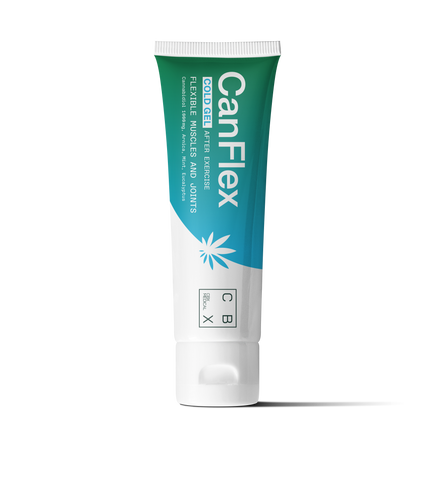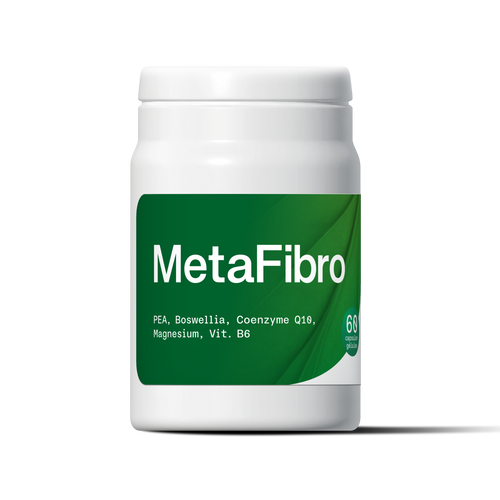Growing hemp can be subject to various challenges, one of the most common of which is potassium deficiency. This deficiency can have a significant impact on plant health and crop quality.
Potassium deficiency often manifests itself as yellowing of the leaf edges, while the main veins remain green. As the deficiency progresses, leaf tips may dry out and turn brown, and necrosis may develop, leading to leaf death. New sheets may also have distortions.
It is essential to monitor potassium deficiency because it can impair terpene production, which is essential for the quality of hemp crops. To avoid it, you must ensure the correct pH balance of the soil: the optimal pH value would be between 6 and 7. In fact, too high a pH is often the cause of potassium deficiencies.
However, controlling or modifying the pH of the soil can prove to be a real challenge on a large scale and especially if you wish to grow crops without phytosanitary products and fertilizers. However, there are sustainable approaches to try to resolve this problem such as:
- Cover Crops: Introducing cover crops into the crop rotation can help improve soil structure and maintain adequate pH. Plants like clover or alfalfa are known for their ability to fix nitrogen and improve soil pH.
- Regular Analysis and Monitoring: It is essential to carry out regular soil tests to monitor pH and other parameters. Depending on the results, adjustments can be made.
- Crop Rotation: Proper crop rotation can also help prevent potassium deficiency. Crops that have different nutritional needs can help maintain a balance in the soil.




